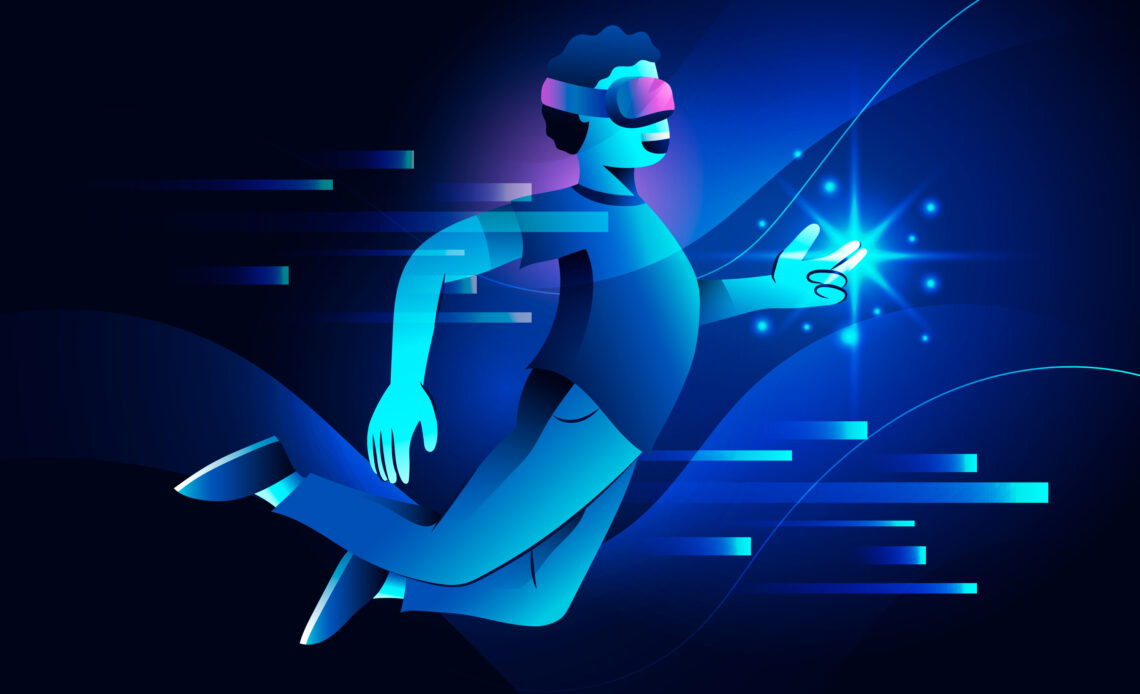Virtual Reality (VR) technology has emerged as a powerful tool in transforming the educational landscape, offering immersive and interactive learning experiences. The integration of VR into School ERP (Enterprise Resource Planning) software revolutionizes traditional teaching methods, enhancing engagement, knowledge retention, and overall educational outcomes. This article explores the significance of VR integration within School ERP systems and its impact on educational institutions.
Understanding Virtual Reality in Education
Virtual Reality involves the creation of a simulated environment that immerses users in a realistic and interactive experience, offering opportunities for experiential learning and engagement.
Role of School ERP Software in Virtual Reality Integration
- Interactive Learning Modules: ERP systems incorporate VR-based interactive learning modules and simulations that provide students with immersive educational experiences.
- Enhanced Visualizations: VR integration within ERP software allows for visualizations of complex subjects, enhancing comprehension and retention of information.
- Experiential Learning: School ERP systems utilize VR technology to enable students to engage in experiential learning, such as virtual field trips or practical simulations, augmenting traditional classroom education.
Impact on Student Engagement and Learning Outcomes
Integration of VR into ERP software enhances student engagement, fosters curiosity, and improves knowledge retention by providing immersive and captivating learning experiences.
Practical Implementation and Access
ERP systems enable practical implementation of VR technology in classrooms by providing access to VR devices, software applications, and content suitable for educational purposes.
Conclusion: Transforming Educational Experiences
In conclusion, the integration of Virtual Reality into online School ERP software transforms educational experiences by offering immersive, interactive, and experiential learning opportunities. These systems significantly impact student engagement, knowledge acquisition, and overall educational outcomes within institutions.
Q1: How does VR integration in School ERP software enhance learning experiences?
A1: VR integration offers immersive and interactive learning modules, enhancing engagement and improving knowledge retention.
Q2: What role does VR play in experiential learning within ERP systems?
A2: VR technology enables experiential learning through virtual field trips, simulations, and enhanced visualizations, augmenting traditional classroom education.
Q3: How does School ERP software provide access to VR technology?
A3: ERP systems facilitate access to VR devices, software applications, and educational content suitable for practical implementation in classrooms.
Q4: Can VR integration improve student engagement in education?
A4: Yes, VR integration within ERP software enhances student engagement, fosters curiosity, and improves knowledge retention through immersive learning experiences.
Q5: What impact does VR integration have on educational outcomes?
A5: The integration of VR into School ERP software positively impacts educational outcomes by providing immersive, interactive, and experiential learning opportunities, enhancing overall knowledge acquisition.
Integrating Virtual Reality into School ERP software revolutionizes the educational experience by providing immersive and interactive learning environments which in turn ultimately enhances engagement, knowledge retention, and educational outcomes within educational institutions.



